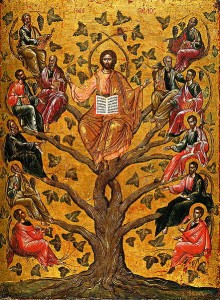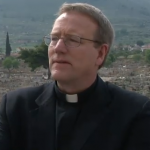
Mark your calendar for September 2011, for what promises to be one of the most beautiful and inspiring events in Catholic media next year: The Catholicism project. Fr. Robert Barron has been traveling the globe “to explore, through a global journey, the living culture of the Catholic Church.” It’s quite possibly the most ambitious catechetical project ever attempted, and looks to be an outstanding series.
If you haven’t yet seen the trailers for The Catholicism Project, please enjoy the following preview:
Needless to say, I’m extremely excited about the potential this series has to reignite the faith of Catholics everywhere. Just look at this lineup of episodes:
- Amazed and Afraid: The Revelation of God Become Man
- Happy Are We – The Teachings of Jesus
- That Which Nothing Greater Can Be Thought – The Ineffable Mystery of God
- Our Tainted Nature’s Solitary Boast – Mary, the Mother of God
- To the Ends of the Earth – Peter, Paul, and the Missionary Adventure
- A Body Both Suffering and Glorious – The Mystical Union of Christ and the Church
- Word Made Flesh, True Bread of Heaven – The Mystery of the Church’s Sacrament and Worship
- A Vast Company of Witnesses – The Communion of Saints
- The Fire of His Love – Prayer and the Life of the Spirit
- World Without End – The Last Things
According to the Catholicism website, there will be “a 300 page companion book, a thought-provoking study guide, and more.” I certainly hope someone thinks to make some study materials for Catholic schools.
If September seems too far away, you can catch Fr. Barron each Sunday morning on WGN.
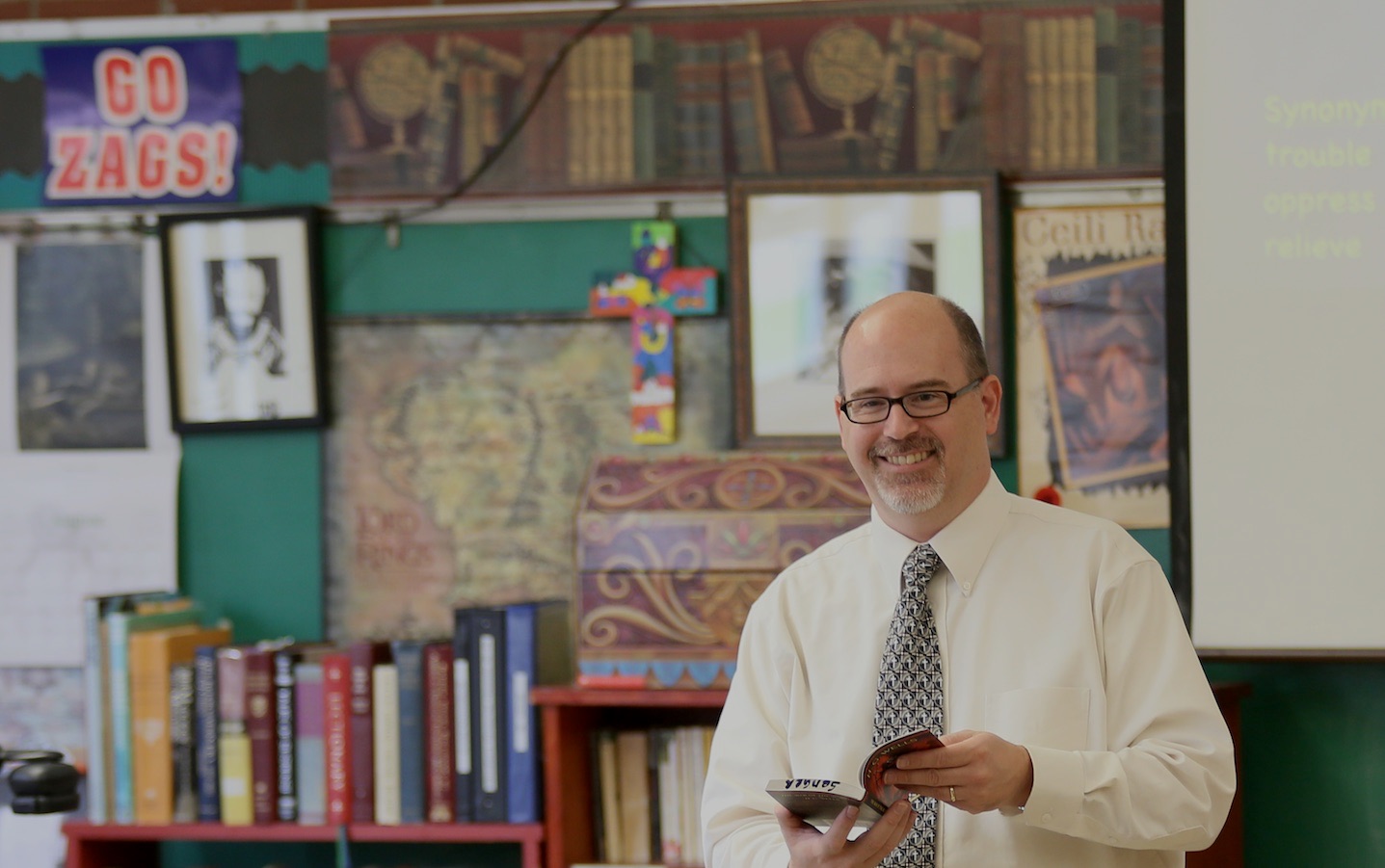
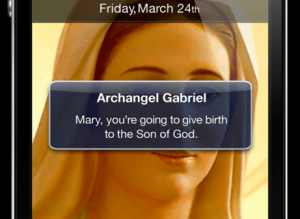 A huge tip of the hat to
A huge tip of the hat to 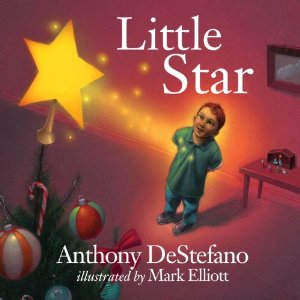
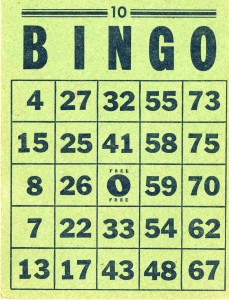 different bingo cards.
different bingo cards.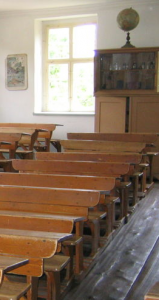 Why do Catholic schools exist? What’s really the difference between a public school and a Catholic school? Is a Catholic school simply a public school with an added course called Religion? Is a Catholic school’s purpose to be a haven from the world, an island where no bad things come?
Why do Catholic schools exist? What’s really the difference between a public school and a Catholic school? Is a Catholic school simply a public school with an added course called Religion? Is a Catholic school’s purpose to be a haven from the world, an island where no bad things come?